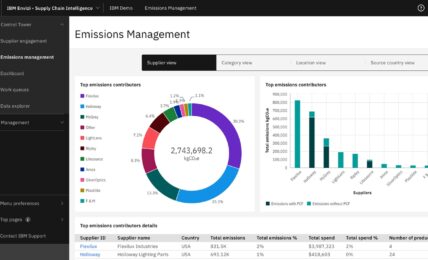Climate finance-focused organization Climate Bonds Initiative (CBI) announced the release of “North America State of the Market,” its first report on the U.S. and Canadian sustainable debt market. According to the report, issuance of green, social and sustainability (GSS) debt has experienced sharp growth over the past several years, but remains dominated by mortgage backed security (MBS) and municipal issuers, while corporate issuers remain at a fraction of the market.
The CBI report found that the GSS market overall in North America has grown at an annual rate of 76% between 2016-2020, reaching a cumulative $311 billion by the end of Q1 2021. At $276 billion, the US is the largest individual country for total GSS issuance, while Canada ranks 11th at $35 billion.
By category, Green debt makes up more than 87% of cumulative issuance in the U.S., at $241 billion, followed by Sustainability at 7%, and Social at 5%. Similarly, Green dominates in Canada at 86%.
According to the report, the sustainable debt market in the U.S. is highly concentrated, with mortgage financing company Fannie Mae’s green MBS issuances accounting for 39% of overall volume, while local and state-backed government entities green US Municipal bonds making up another 23%.
The growth of the GSS market in North America in many ways mirrors that of the global market. A recent report from Moody’s Investors Service forecast global sustainable bond issuance to surpass $650 billion this year, following last year’s record $491 billion issuance. Some of the global growth is being driven by increased participation by governments issuing sovereign green debt. To date, neither the U.S. or Canadian federal governments have issued green debt, Canada has announced plans for its first offering of sovereign green bonds, targeting a capital raise of $5 billion in its current year budget.
Other key findings from the report include:
Three quarters of North American green bonds achieved a greenium, lowering costs for issuers, relative to equivalent non-green offerings.Buildings lead in terms of use of proceeds for U.S. green bonds at 45%, followed by energy at 24%, water at 17%, and transport at 11%.Post-issuance reporting in the U.S. lags other large markets, with less than 80%, compared to 96% in Canada, by volume.
Sean Kidney, CEO, Climate Bonds Initiative, said:
“The USA’s campaign to tackle climate change is being revived through major policy commitments which are poised to send sustainable debt skyward. We hope the US will match Canada by announcing a sovereign green bond issuance, a move that bolsters domestic sustainable debt markets and demonstrates real climate intent.”
Moody’s ESG Solutions and Amundi Asset Management supported the report.
Patrick Mispagel, Managing Director, Sustainable Finance, Moody’s ESG Solutions, said:
“Bolstered by a favourable policy backdrop and ambitious corporate action on climate change, the North American labelled green, social and sustainability (GSS) debt market looks set for rapid expansion in the coming years. Clear, accessible and consistent reporting, reinforced by the wider use of external reviews, will be vital to drive investor confidence and unlock sustainable investment opportunities across the US and Canada.”
Brad Komenda, Portfolio Manager and Deputy Director of Investment Grade Corporates, Amundi Asset Management, added:
“We’re seeing a massive increase in green and social bond issuance, moving from niche products to being central components of broader strategies aimed at specific green and impact objectives. The tremendous growth of this market segment is creating a need for new product solutions to meet investor demand, including helping support new approaches such as Net Zero.”
Click here to access the Climate Bonds Initiative report.
The post CBI: Sustainable Bonds in US Dominated by MBS, Munis, While Corporate Issuers Lag appeared first on ESG Today.



